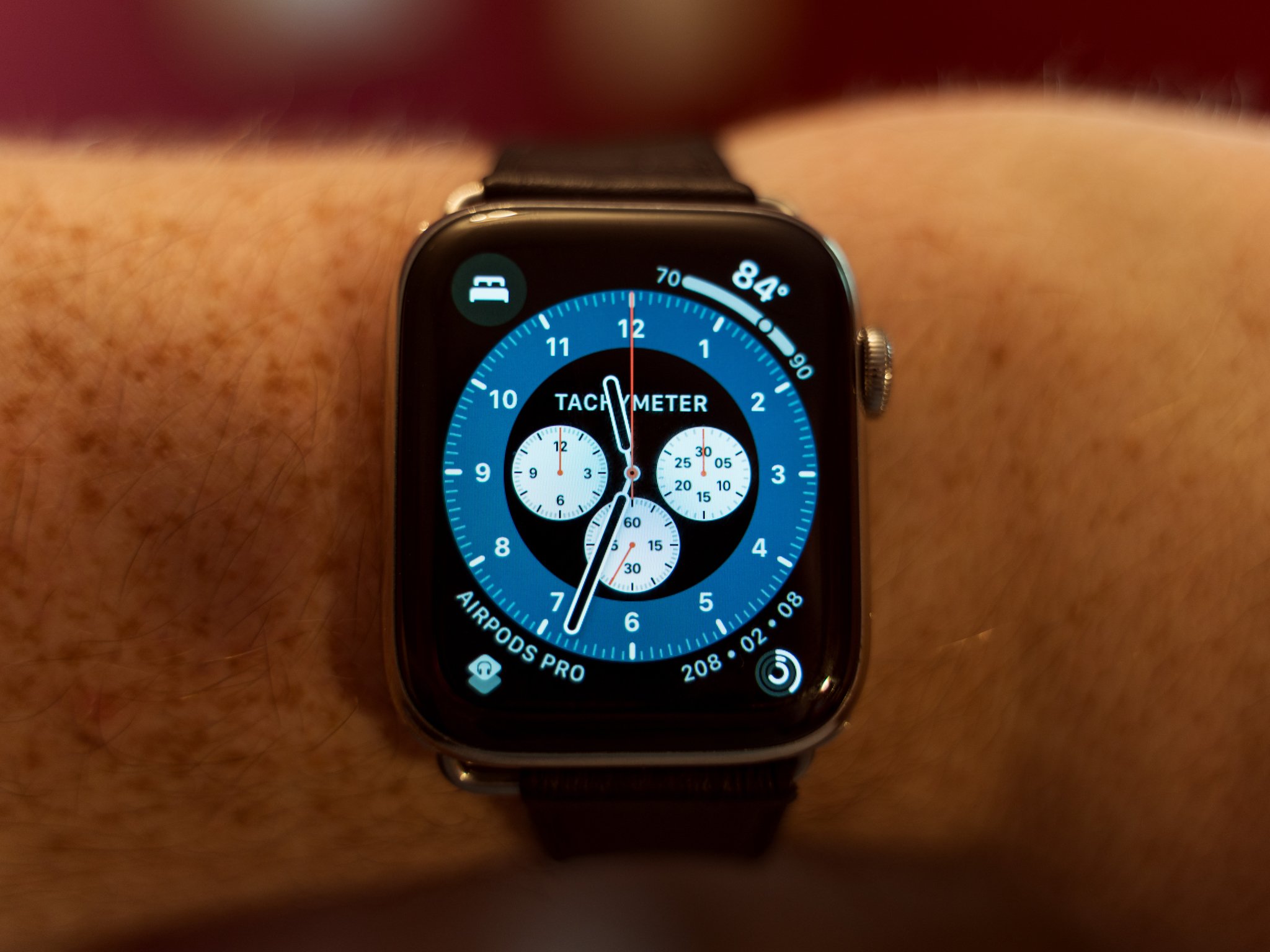It's time, folks. watchOS 7 is here. Apple's latest generation of its Apple Watch operating system is packed with new features and updates, from a new way of handling complications to sleep tracking.
watchOS 7: Compatibility
Before you download watchOS 7, there are some things of which you should be aware.
For the first time in two years, a watchOS update is dropping compatibility with older Apple Watches. watchOS 7 is available for Apple Watch Series 3, Series 4, and Series 5 (and comes pre-instaled on Apple's latest watches, the Apple Watch SE and Apple Watch Series 6). Apple Watch Series 1 and Series 2 owners are not able to update to watchOS 7.
There's an additional compatibility wrinkle with watchOS, as always. You'll need to have an iPhone running iOS 14 or later to install watchOS 7, so you'll need your iPhone running the latest version of Apple's software before your watch can make the upgrade.
watchOS 7: Watch faces & Complications
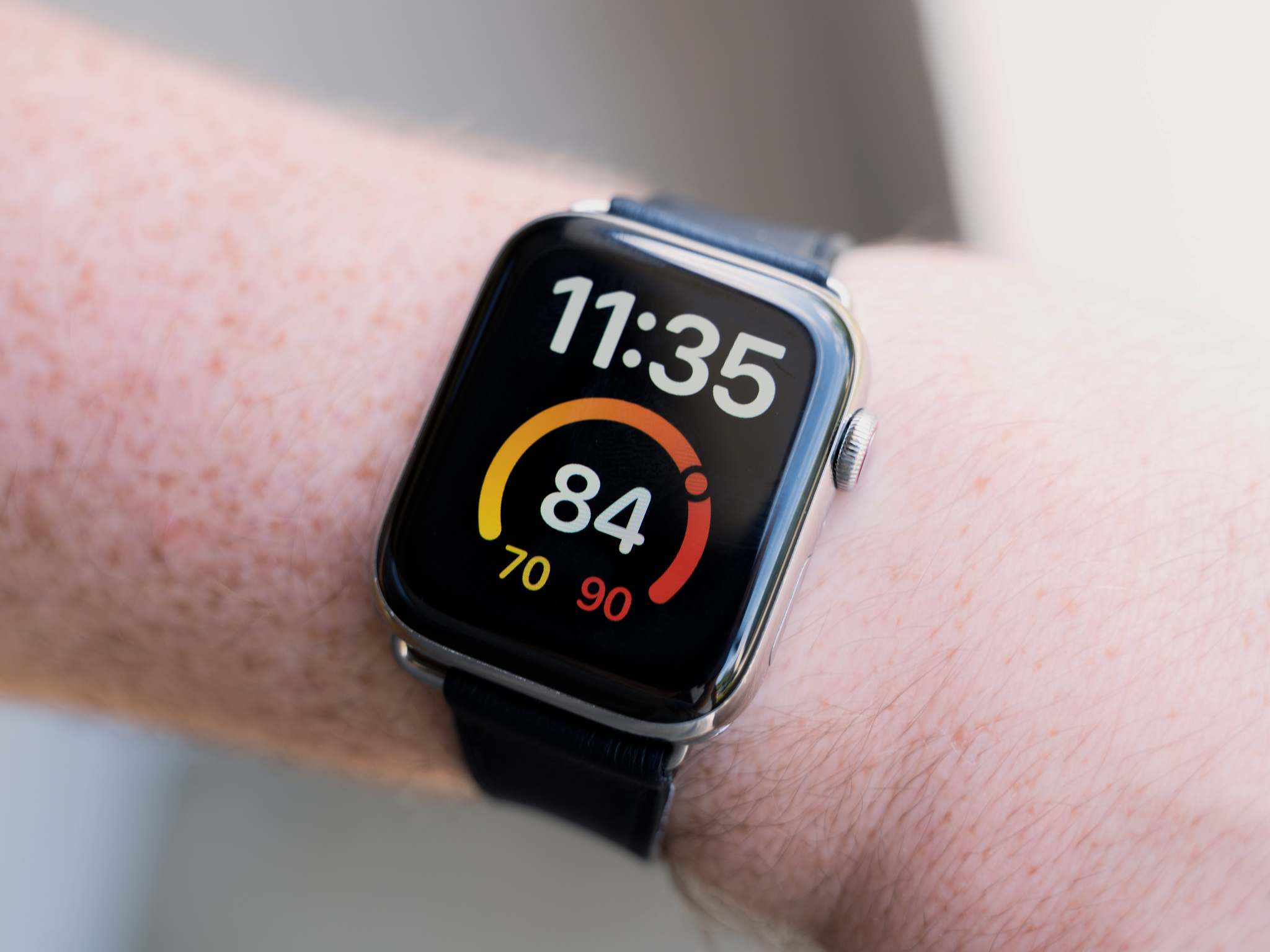
This year of, watchOS 7 is all about enabling the Apple Watch to do more, and that quality is exemplified in the updates to watch complications and faces. There are several new faces, and others have received some nice updates. Complications, meanwhile, just became a lot more useful.
Chronograph Pro was the new watch face in watchOS 7 during the betas, but Apple has added several new faces as part of the final release of watchOS 7: Typograph, a minimalist face that has bold numbers at the 3, 6, 9, and 12 positions; Memoji, which has, that's right, an Animoji or Memoji of your choice just below the time; GMT, an analog face that lets you track both your time and that of another location at once; Count Up, which can help you track elapsed time; Stripes, a highly-customizable face that lets you arrange colorful stripes in various configurations; and Artist, a face designed in collaboration with artist Geoff McFetridge, which shows a portrait of a face that algorithmically changes whenever you raise your wrist.
There are also updates to the X-Large and Photo faces. X-Large can now hold a single, extra large complication. The Photo face now offers color filters for any photo that you might use on the face to put an even more personal touch on it.
But complications are the real meat of the watch face updates in watchOS 7, and ties into the other watch face features in the update. Most importantly for complications, apps can now offer multiple complications on a single watch face, and developers can create different versions of the same type of complication (for instance, multiple circular or corner complications).
This is really cool, and it gives you greater customizability over your watch. You can build a watch face around a particular app. For instance, if Nike updates its Run Club watch app to take advantage of these new capabilities, you could create a watch face devoted to Nike Run Club, just full of complications from that one app. It might, in fact, be my second-favorite feature of this update.
The complication updates also extend beyond your Apple Watch with watchOS 7. You can now share your particular watch face with other Apple Watch owners. So if you made the perfect surfing watch with Dawn Patrol and the Infograph Modular face or a running watch with Nike Run Club, you can share it with anyone else who might be interested over iMessage.
This can be done from the Apple Watch by tapping and holding your watch face as if you're going to customize it, then tapping the Share button, then picking a contact to send it to over iMessage. The face style and all the complications you've chosen for it will be sent (sans your data, of course) to your contact. If the recipient doesn't have one or more of the apps behind the complications, they can be directed to download them from the App Store.
But if you're looking to add new faces to your Apple Watch, iMessage isn't the only way to get them. watchOS 7 is also adding the ability to add a customized face from App Store stories, as well as web pages. If Glow Baby, for instance, is the subject of an App Store story, the App Store editorial team might put a watch face full of child care-focused complications from Glow Baby in the story. You can tap the Add Watch Face button. You'll see the same button on websites that offer watch faces.
Also, Apple, now that we can share and maybe create many versions of the same face with different complications for distinct purposes, it might be a great time to let us name our watch faces. Especially since we have a shortcut action that lets you change your watch face, picking one would be a lot easier if I didn't have three different versions of the Infograph Modular face.
There are also a handful of new complications for Apple's built-in apps, like Shortcuts and Sleep (more on those in a bit), world clock, and the camera remote.
The updates to the watch face and complication experiences in watchOS 7 are certainly welcome, and do more than any previous update to help make the Apple Watch truly your own. None of this is quite on the level of custom or third-party watch faces, but it's great to see Apple enabling this level of customization.
watchOS 7: Sleep
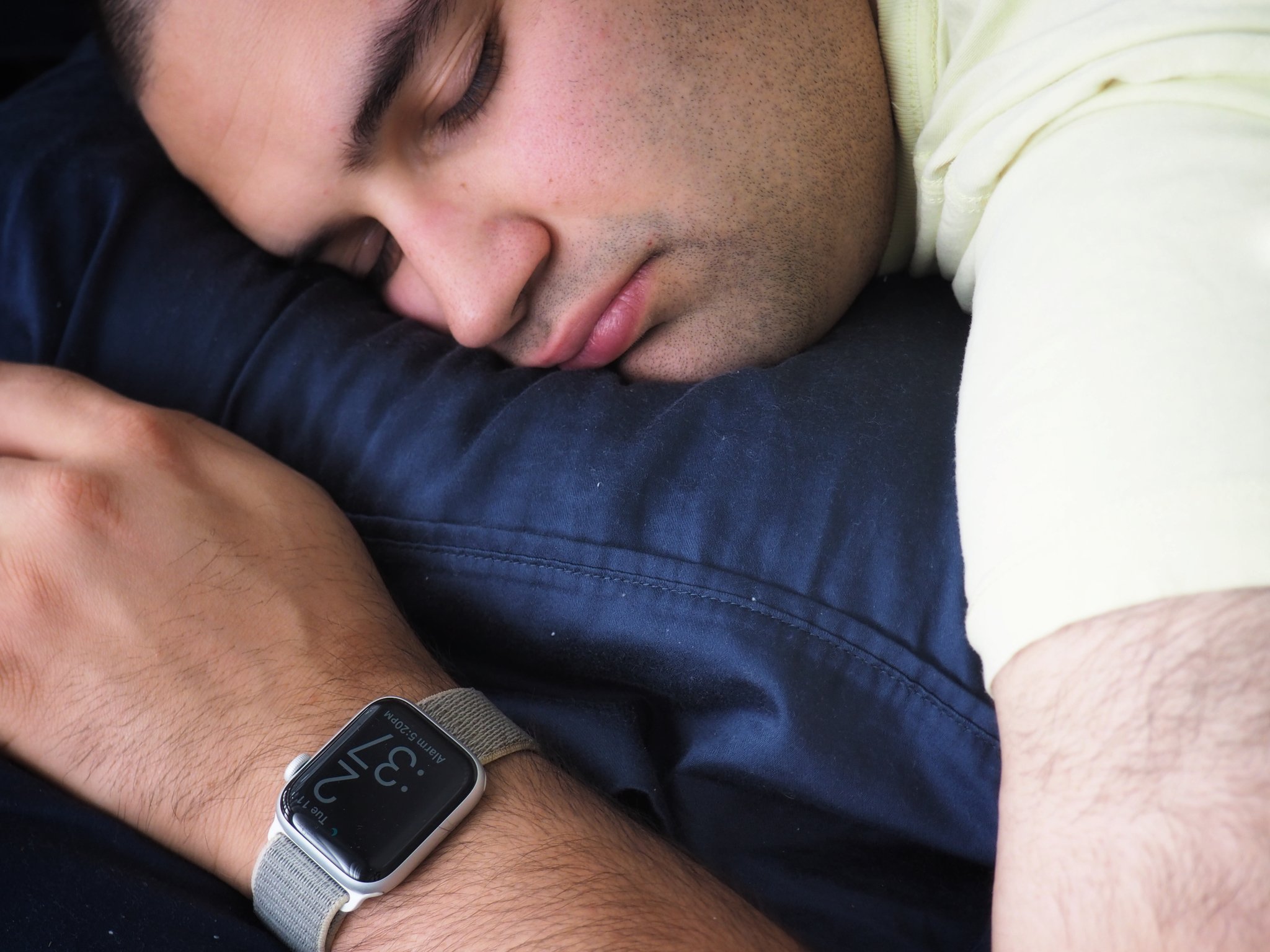
Sleep tracking has been one of those features that people have been clamoring for on the Apple Watch since it launched. A number of third-party apps have offered this kind of functionality for years, but this is the first time support for sleep tracking has been built into the system.
The Sleep app in watchOS 7 will track your sleep, but it takes a different approach than many third-party apps in that it's also very focused on getting you to sleep in the first place. It works in tandem with your iPhone, and all the data collected by the Sleep app feeds back into the Health app on the phone.
One of the central features of the combined iPhone/Apple Watch sleep experience is the Wind Down. Wind Down helps you create a bedtime routine, and works with the Shortcuts app to help you relax, maybe put on some music or a podcast, open a meditation app, or dim your lights.
This experience is completely customizable and is all based on the Bedtime and wake-up time that you have set. When you set your wake-up time, you can select one of Apple's alarm sounds, and, optionally, a vibration to go along with it. You can also create a custom vibration. You can set the volume of the alarm, and toggle the ability to snooze the alarm on and off.
Your Apple Watch can alert you when your bedtime is approaching, and you'll also get an alert if your watch's battery level is near or below 30% before your bedtime so you can charge it before you go to sleep. The sleep tracking features need the battery at a level of at least 30%.
Once your chosen bedtime arrives, your Apple Watch transitions to a simple, grayed-out watch face with large numbers. The watch will also turn on raise-to-wake so as not to disturb you or your partner by turning on accidentally in the night. If, for whatever reason, you do need to view your watch face, just tap the screen.
As you sleep, your watch will still do things like track calories burned and your heart rate, charting its range in the Sleep section of the Health app. It'll also take not of the time within your set sleeping period that you were actually asleep, and chart that, too.
Once your alarm goes off, you'll be greeted by the Wake Up screen on your Apple Watch. This display shows you a small weather report for the day ahead and the current battery level of your Apple Watch so you can be reminded to charge the watch before you go about your day.
The Sleep app on the Apple Watch lets you view and manage your sleep schedule as well as see your data for the previous night and the past 13 nights before that. The Health app on the iPhone provides a more detailed breakdown of your data, and shows your complete sleep history instead of the past two weeks.
One of the problems that people might have with the current implementation of Sleep tracking on the Apple Watch is level of detail. While it's great to have a chart to track how much I've slept, people who have been tracking this data for years may be disappointed with the lack of specificity in the data. Third-party sleep tracking apps have offered breakdowns analyzing the quality of your sleep, how much time you spend in deep sleep, and more for years, and Apple simply does not break this down.
Still, for anyone interested in keeping track of their sleeping patterns, or looking for a technology-assisted way to establish some sleeping regularity, the Sleep app and sleep tracking in watchOS 7 is a great first step.
If you're interested in hearing more about the new sleep tracking capabilities on the Apple Watch, Luke Filipowicz has an excellent overview of the features for you to check out.
watchOS 7: Fitness
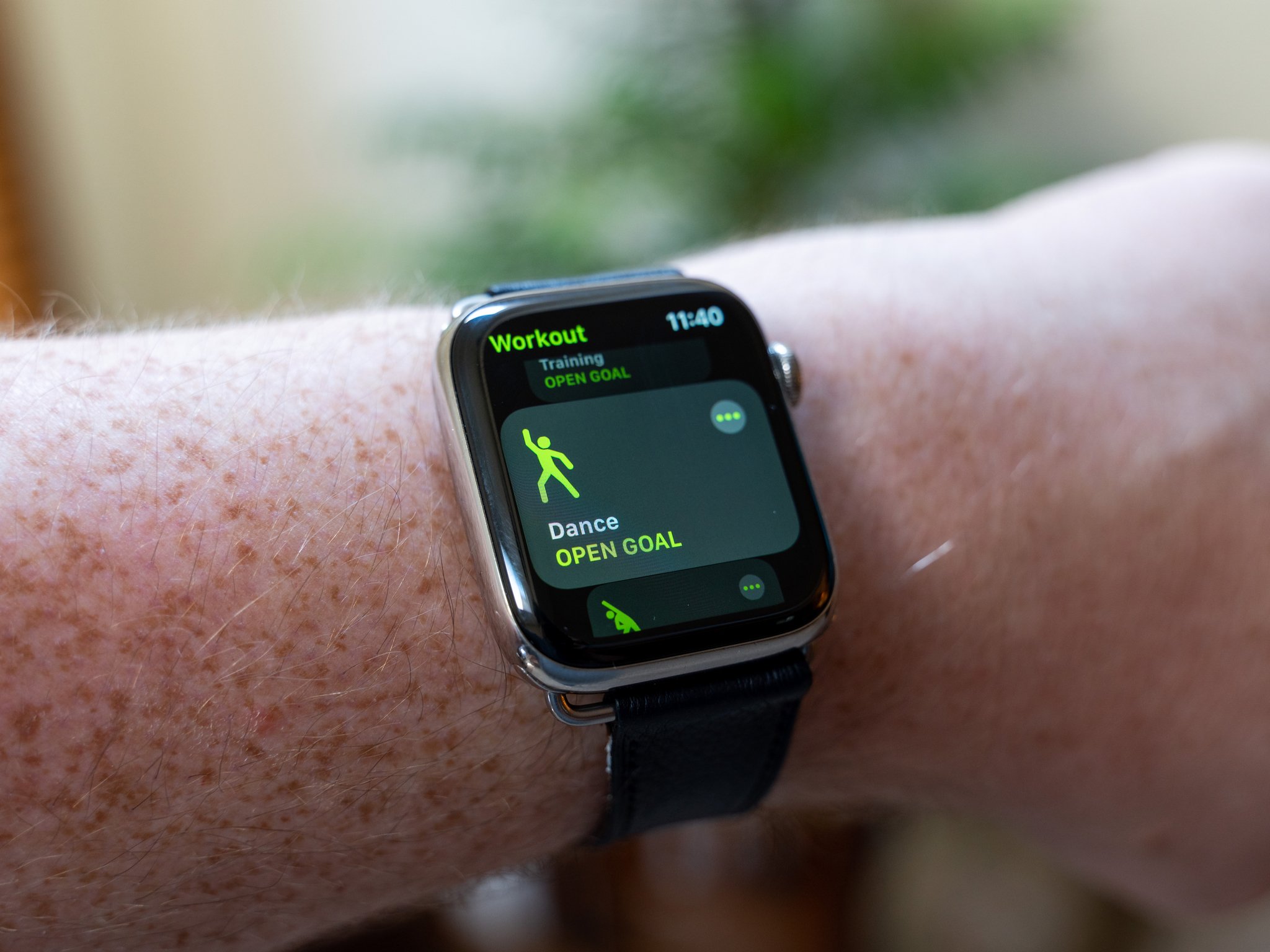
Exercise is one of the core activities that the Apple Watch is centered around. This year, there are a number of updates to be aware of in watchOS 7. First, the Activity app has a new name on the iPhone: Fitness. So when you're looking for the app that has your workout and other activity stats on your iPhone, that's the app to look for. The app is still Activity on Apple Watch.
Second, there are four new exercise types in the Activity app. You've got Dance, Functional Strength Training, Core Training, and a post-workout Cooldown, which is meant to add on to your existing workout as your heart rate and breathing normalize.
Apple seems to be particularly proud of the Dance workout type, which uses the sensors in the Apple Watch and machine learning to analyze your dancing in a variety of styles. It can measure when only arm movements are being used, when only your legs are engaged, and when you're using your whole body to dance.
A smaller update that wasn't present in the beta releases, but that can be found in the public release, is the ability to change all of your fitness ring metrics. You've always been able to change your active calorie goal for the out activity ring, but now you can do the same for the middle exercise ring and the inner stand ring. Move the goals up or down, depending on your ability to meet them.
Of course, with changes to fitness on the Apple Watch come changes to the Fitness app on the iPhone. This is probably the most significant change to the app since it launched, event though much of the app is largely unchanged.
The most important addition is the new Summary page, which offers a breakdown of your recent activity, including a panel for the day's activity, exercise, and stand rings from the Apple Watch, your three most recent workouts, and your trends, which show if your various fitness trends, like daily calorie burn, exercise minutes, and running pace, are moving up or down.
The Sharing tab has also been updated in Fitness for iPhone. You'll now see your competitions and activity sharing info all in a single spot.
While it's not the most substantial update in watchOS 7 and iOS 14, it's always good to see how Apple is working to progress how it tracks our fitness.
watchOS 7: Siri
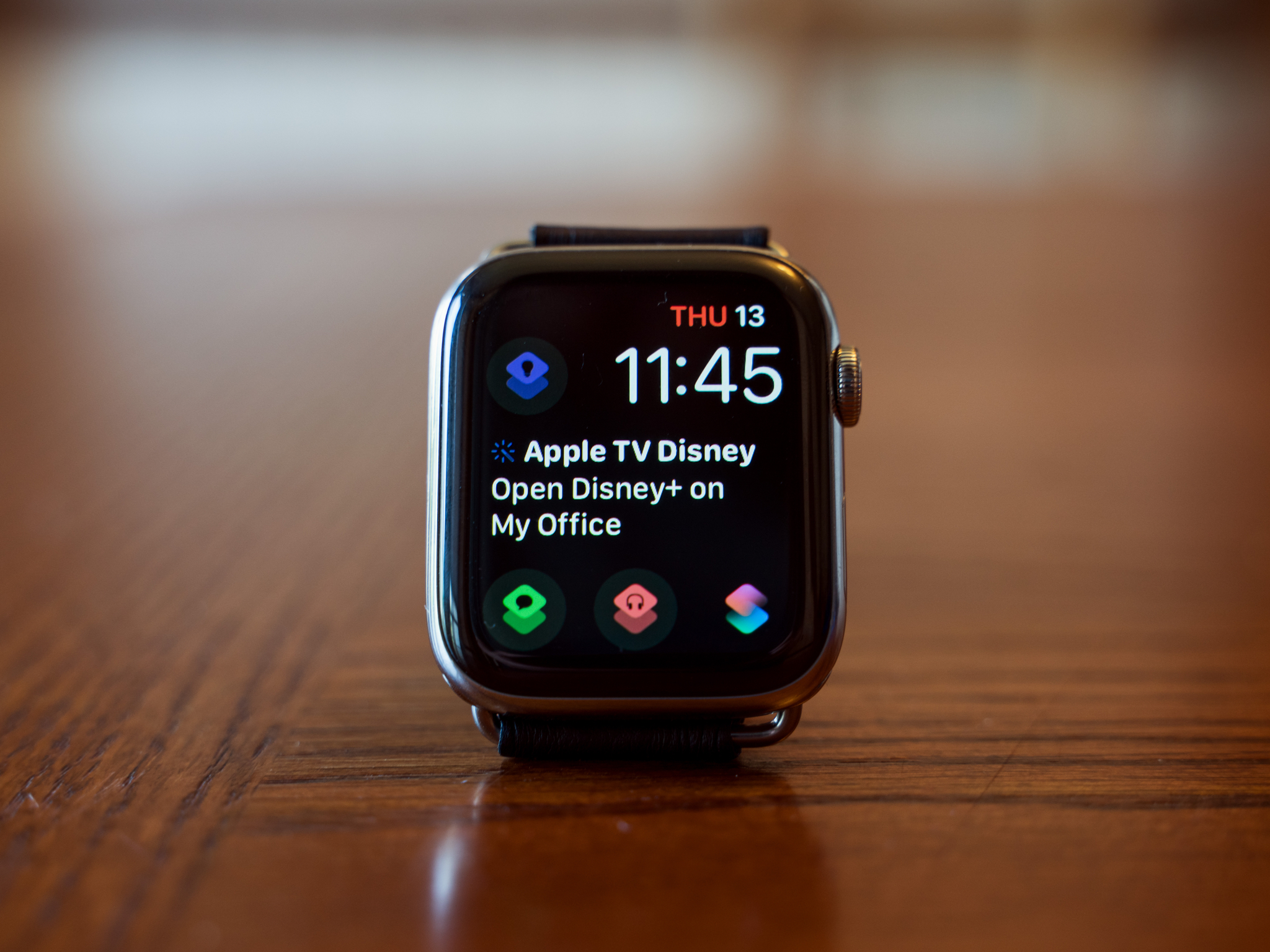
Siri is one of those features for which I'm always anxious to see improvements. The idea of being able to use my voice for getting anything done on my device has always been attractive to me. Even more so on the Apple Watch, whose small screen makes voice a more practical option.
The Siri updates in watchOS 7 are important and multi-faceted. They cover everything, from Siri's new translation features to on-device dictation, and the addition of the Shortcuts app to the Apple Watch.
Translation a new feature for the Apple Watch in watchOS 7. It allows you to translate spoken words in several languages: Arabic, Chinese, English, French, German, Italian, Japanese, Korean, Portuguese, Russian, and Spanish. All you have to do ask Siri how to say a particular word in one of those languages, and you're good to go.
Of course, it's not a full-fledged a translator as the new Translate app in iOS 14, but it's certainly nice to have.
With watchOS 7, Apple is improving how Siri works on the Apple Watch with on-device dictation. This means that dictation is now processed directly on your Apple Watch, rather than being sent to Apple servers for processing.
What's important to realize about this is that, despite the "on-device dictation" moniker, this update improves more than just speech-to-text in apps like Messages. In this case, "dictation" means any voice request that you make to Siri. So, it's not just messages, but asking for the weather, executing a shortcut, or requests for directions — all of these will be processed on your Watch.
This has the effect of speeding everything up, and, in my experience testing this feature extensively, it makes Siri seem a lot smarter. Text-to-speech dictation is also much quicker, making it a better method of text input.
For me, the biggest update for Siri is the addition of the Shortcuts app to the Apple Watch. It does exactly what you might expect: runs Siri Shortcuts from your Apple Watch. You can add shortcuts to your watch through the Shortcuts app on your iPhone or iPad, and they'll sync to your watch over iCloud. Developers can also choose whether they want their app's shortcut actions to run directly on the Apple Watch, or execute remotely on the paired iPhone.
Shortcuts can be as fully-featured on Apple Watch as they are on your iPhone or iPad. For instance, if a shortcut asks a question, you can answer that question in-line on your Apple Watch. This is great for getting directions to your next event, for instance. If you activate a shortcut with Siri, the digital assistant will also ask follow-up questions if your shortcut allows for it.
Shortcuts has full support for complications on watchOS 7, which means that you can add multiple individual shortcuts to your watch face. Tap one, and you'll be taken to the Shortcuts app and asked if you want to run the action you selected. You can also have a complication that takes you to the Shortcuts app itself.
Also, importantly, there are a number of new actions in Shortcuts for iPhone and iPad that directly relate to the Apple Watch. There are actions for pinging your iPhone if it's lost, and turning the always-on display mode for Apple Watch Series 5 either on or off, and setting Theater Mode. But my personal favorite action is Set Watch Face. As you might guess, it lets you set the face on your Apple Watch to any of your available faces, which is great on its own. But I've already combined it with the newly automatic time-based automation trigger to automatically set different watch faces for different times of the day.
For example, since I go for a run most mornings, I want a watch face that it geared more for activity. So, when 7:15 a.m. rolls around, that face takes over my Apple Watch. About 90 minutes later, well after I'm done with my run and cool down, and I'm getting ready to start my day, it switches to my preferred everyday watch face, Infograph Modular.
The Siri experience on Apple Watch is much improved in watchOS 7, and is fairly close to the same experience you can get on the iPhone, especially now that shortcuts are supported. I remain hopeful that Siri can be the digital assistant that I've always wanted, and watchOS 7 gives me a reason to be optimistic.
watchOS 7: Rounding it out
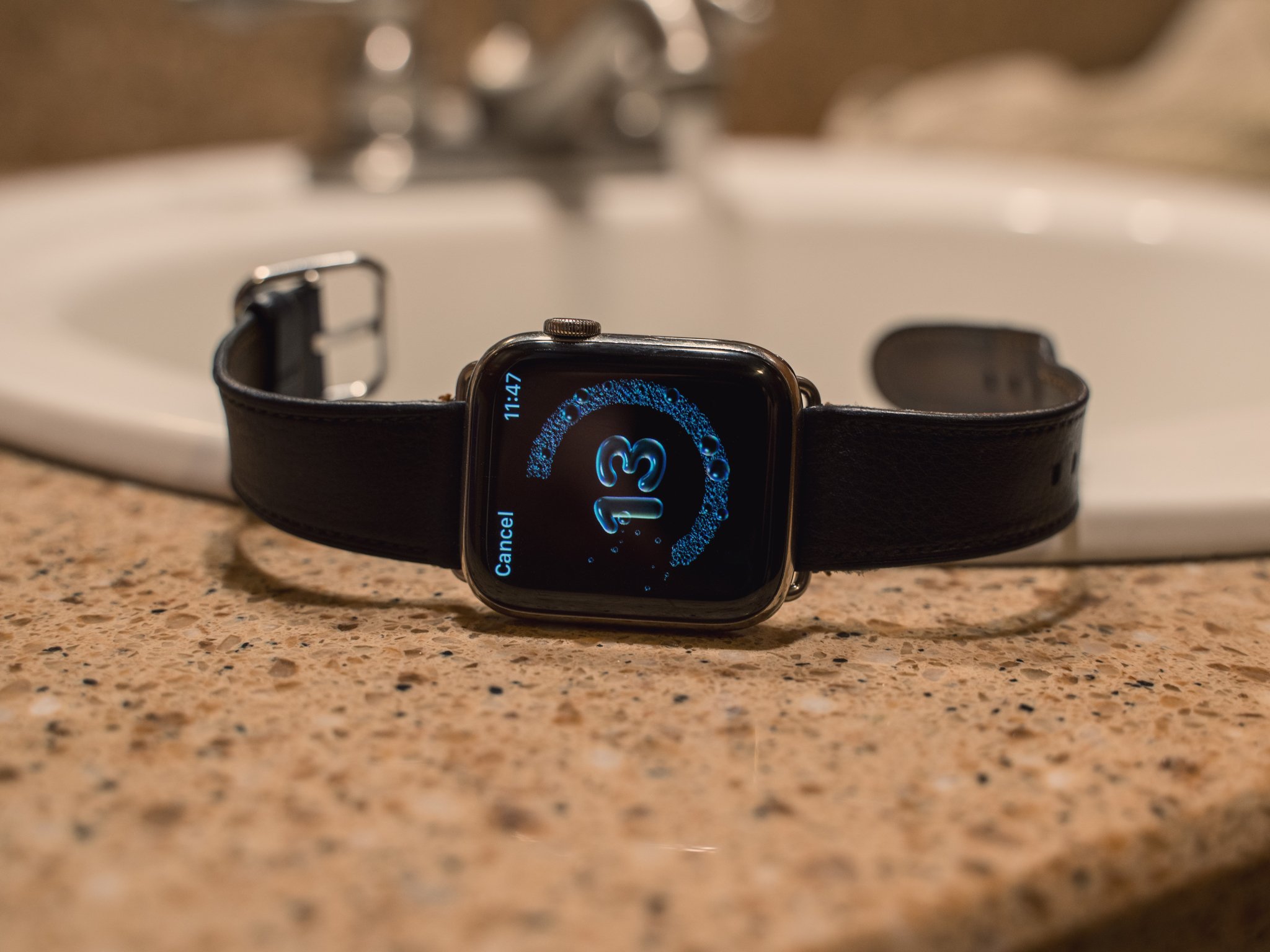
There are other updates in watchOS 7 that are worth talking about, though each is a relatively minor addition compared to features like the Sleep app or the watch face and complication updates.
First, there are the new hearing features. The Noise app was added to the Apple Watch in watchOS 6 to measure your hearing health, but watchOS 7 is going further by giving you more control over your keeping your hearing safe.
It starts with listening notifications. When you reach the World Health Organization's recommended safe weekly listening limit, then your Apple Watch can automatically turn down the volume of your headphones to a safer level. You'll also get a weekly summary of your listening habits and how loudly you've been listening to audio through your headphones so you'll know when to turn it down. If you need to, you can now set limits on how loud your headphones can go directly on your watch.
The other big change to talk about is cycling in Maps. Cycling directions have come to the Maps app on watchOS 7, and the app does more than give you directions. Maps on watchOS will do things like give you different types of route options (fastest, shortest, or the suggested route).
You'll get elevation estimates for each route, and as you travel, watchOS makes it easy to search nearby locations for pick-me-ups like food and coffee. You'll also be notified when your route has instructions like "dismount and walk," such as when you come up against stairs.
Finally, there's hand washing. These days, we're all more aware of how important it is to wash our hands, and how important it is to wash our hands for 20 seconds. The Apple Watch can, if you turn it on, now automatically detect when you start washing your hands and give you a 20-second countdown timer.
This detection is possible because your Apple Watch listens for the sounds of running water and soap squishing (yes, really), and for the motion of your hands that it thinks might be hand washing. Apple uses, you guessed it, machine learning to analyze this input, and starts the timer retroactively to when it began picking up the data. That means that you might not see the timer until you're a few seconds into your wash, but you'll still get the credit for those seconds.
While these features might seem small on their own, they're part of the larger theme of watchOS 7: doing more.
watchOS 7: Time marches on
The theme with watchOS 7 seems to be "doing more." There are many additions to the Apple Watch experience, rather than the refinements that other platforms seem to be getting. The Sleep app and Shortcuts, for instance, are important newcomers to the watch experience. Even the complication changes, though an update to an existing feature, can radically alter how we customize watch faces going forward. Face sharing makes it easier than ever to personalize your watch.
While iOS and macOS (and to a certain extent, iPadOS) still get exciting new features year after year, those platforms seem like they have long since matured. But with watchOS, it feels like, five years on, we're still watching it come together. watchOS 7 seems to be an excellent next step along that journey, full of exciting new updates that make the Apple Watch even more compelling.
watchOS 7 is an excellent update for your Apple Watch, and you can get it alongside iOS 14.
Joseph Keller is the former Editor in Chief of iMore. An Apple user for almost 20 years, he spends his time learning the ins and outs of iOS and macOS, always finding ways of getting the most out of his iPhone, iPad, Apple Watch, and Mac.
